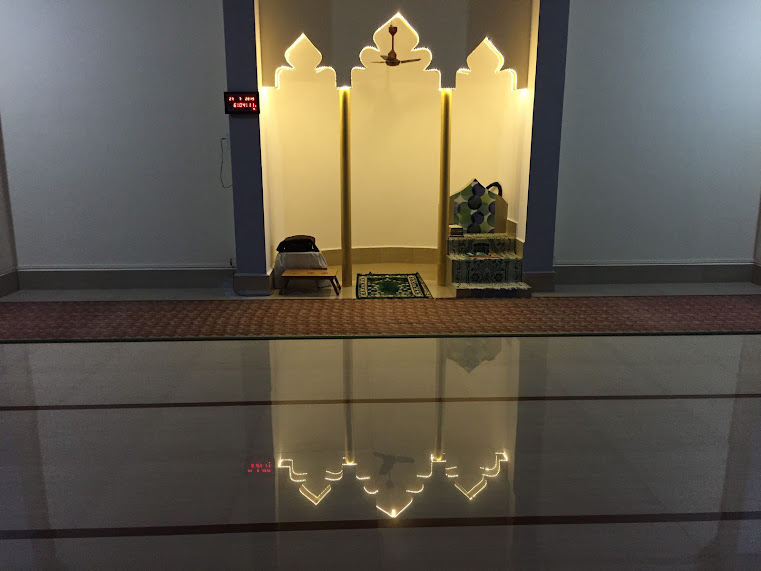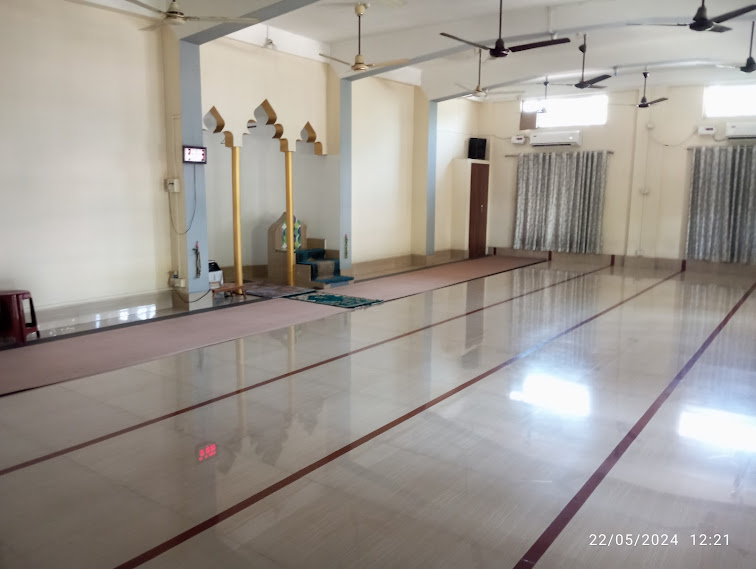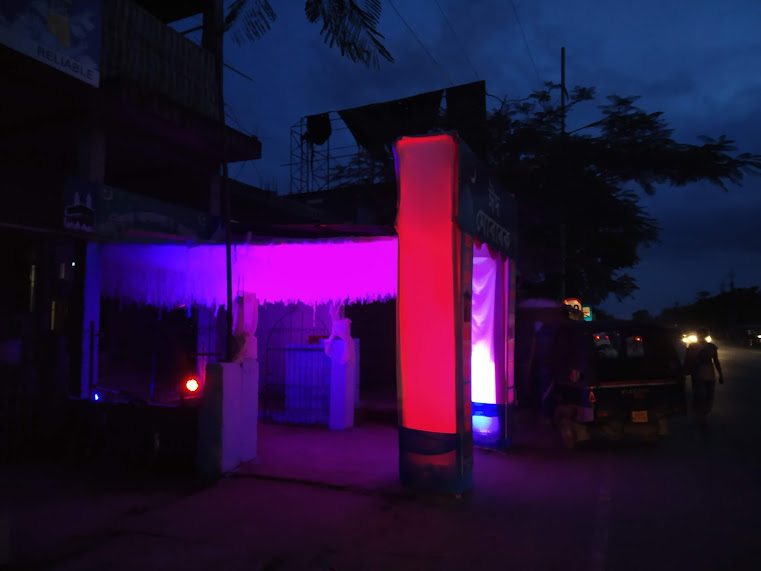


West Tarajan Masjid, situated in the culturally rich district of Jorhat, Assam, serves as a pivotal religious institution for the local Muslim population. Known for its serene ambiance and traditional architectural style, the mosque is an important landmark in Sonari Gaon, Tarajan. The structure reflects the cultural and spiritual essence of the region, offering a peaceful environment for worshippers and visitors alike. The mosque plays a central role in the daily lives of many, serving not just as a place for prayer but also as a center for community gatherings and Islamic education. West Tarajan Masjid hosts various events, including Friday congregational prayers (Jumu'ah), religious festivals such as Eid al-Fitr and Eid al-Adha, and educational programs like Quranic classes. These activities help to promote the Islamic way of life and provide a platform for the local community to come together and strengthen their spiritual bonds. Architecturally, the mosque is modest but captivating, with a design that incorporates elements typical of traditional Islamic architecture while accommodating the local Assamese style. It features a prayer hall that provides a spacious area for congregants to gather, particularly during large religious events. The mosque's minaret, while not towering, still serves as a significant feature that adds to its religious charm, symbolizing the call to prayer and the mosque’s welcoming presence. The mosque's location in Tarajan adds to its accessibility for residents and visitors from surrounding neighborhoods. The area around the mosque is known for its communal harmony, where people of different faiths coexist peacefully, making the mosque not just a place of worship but also a symbol of unity and cultural integration. Despite being situated in a relatively small community, West Tarajan Masjid holds a notable place in Jorhat’s religious landscape. It is part of a network of mosques in the region, including notable others such as the Jama Masjid Jorhat and Bhogdoi Mukh Masjid, which further highlights the area’s historical and ongoing religious significance.